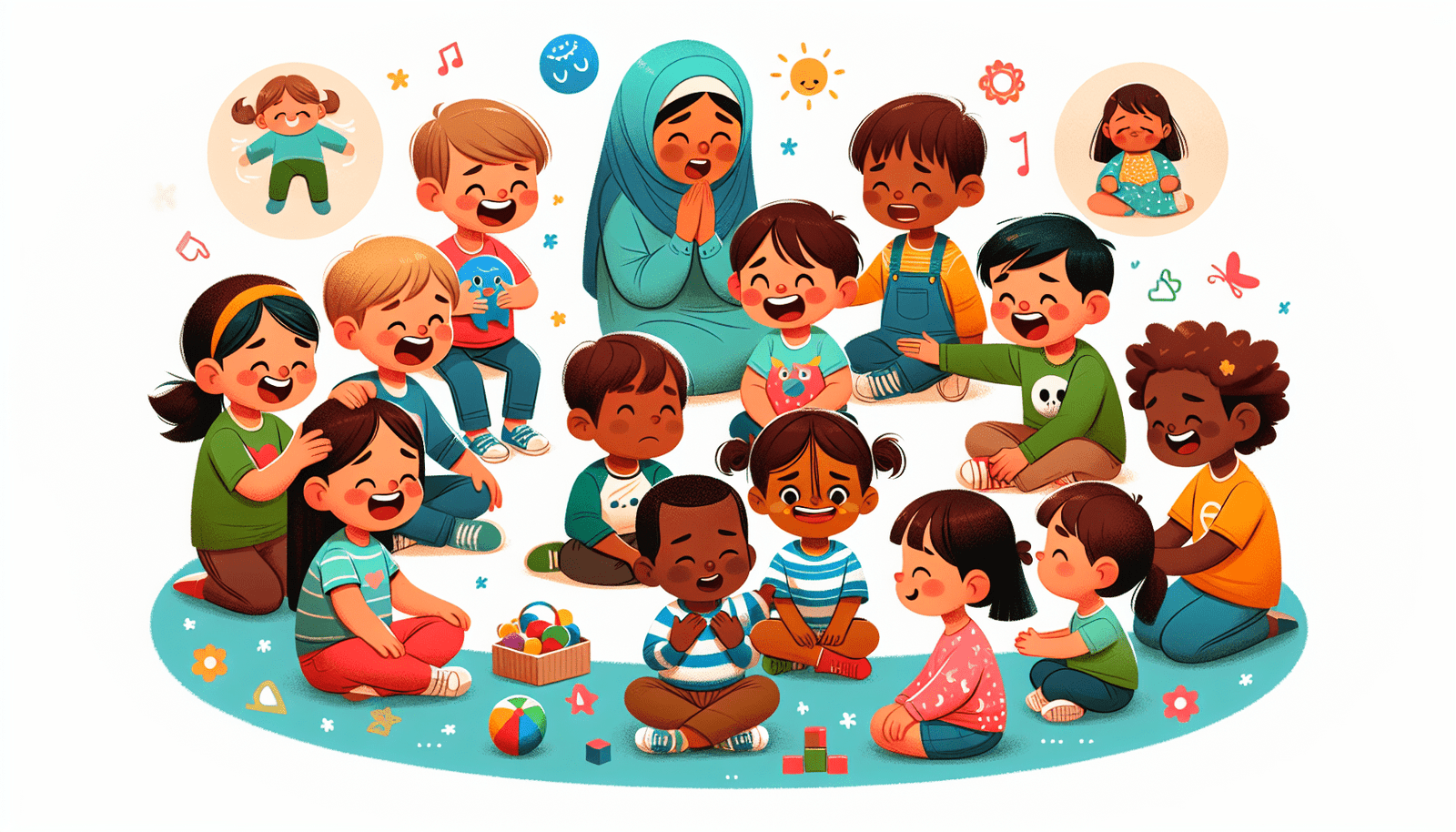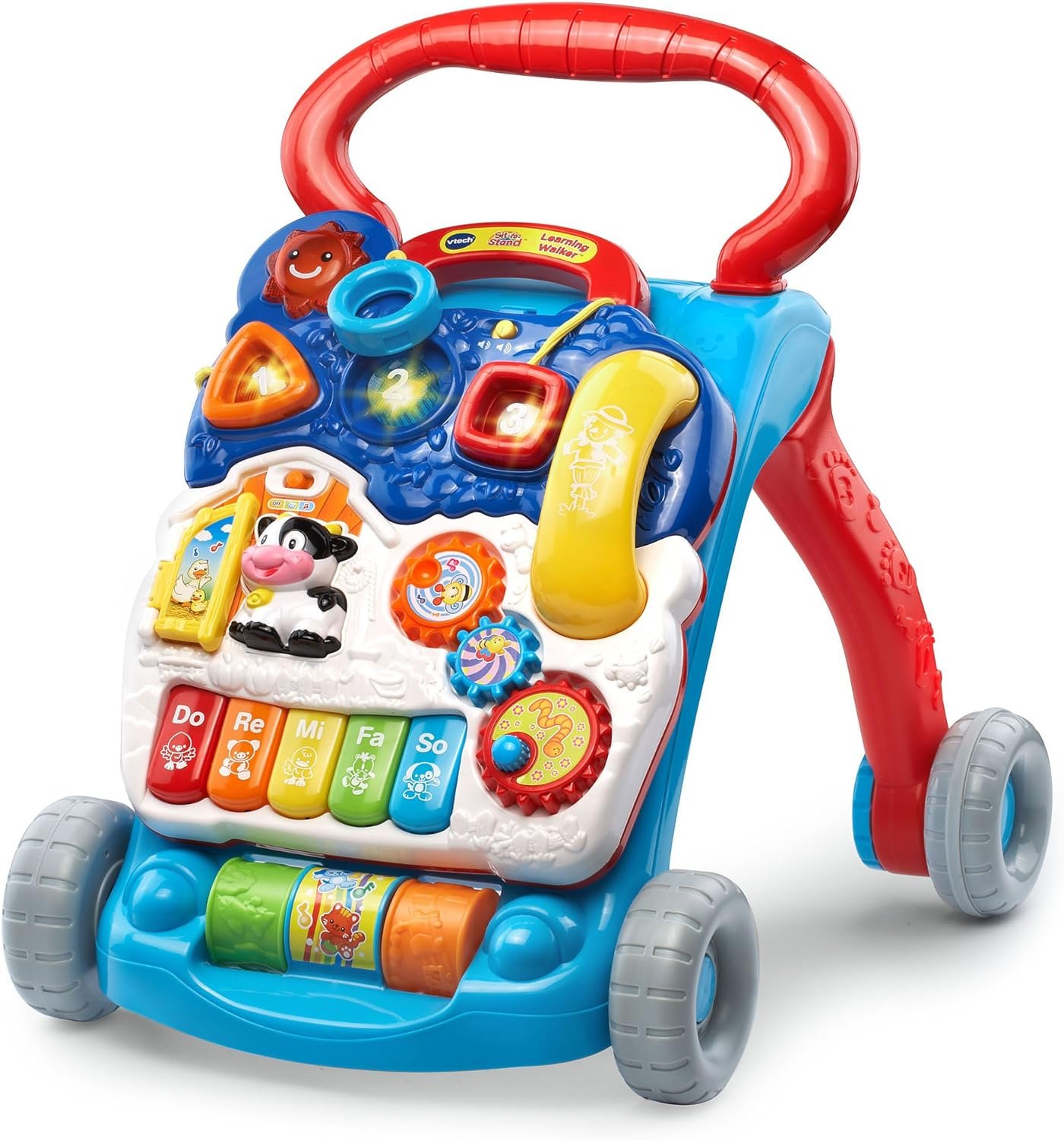“The Importance of Social-Emotional Development in Children” explores the significance of nurturing social-emotional skills in young children. While physical milestones like crawling and walking are easily observed, the internal growth of a child’s emotional and social abilities often goes unnoticed. Social-emotional development encompasses self-awareness, self-regulation, responsible decision-making, social awareness, and relationship skills. Understanding the importance of these skills is crucial as they directly impact a child’s emotional, social, academic, and professional development in later life. This article delves into the reasons why social-emotional development matters and provides strategies for families to support their child’s growth in this area. By actively cultivating and practicing social-emotional skills, parents can contribute to their child’s long-term well-being and success.
Read more about the latest articles
What Is Social-Emotional Development?
As mentioned, there are different domains of child development, including social-emotional development. It is a gradual process that starts from birth and is a lifelong journey. It covers two distinct areas—one refers to how our children develop an understanding of their emotions (emotional development), including how they express and manage them. The second relates to how they create meaningful relationships with people in their world (social development). Social-emotional skills typically cover five core areas:
- Self-awareness: This involves recognizing your emotions, as well as the connection between your thoughts, feelings, and behaviors (action/reaction).
- Self-regulation (or self-management): Use the information about emotions to self-regulate.
- Responsible decision-making: This refers to being able to make good decisions when it comes to your behavior and interactions with others.
- Social awareness: This involves an element of empathy or being able to understand others’ perspectives (their needs, wants, emotions, etc.).
- Relationship skills: This means having the right skills to develop and maintain healthy relationships.
Why Does Social-Emotional Development Matter?
Now that we know more about social and emotional development, it’s essential to understand why it’s such a key element of development. Social-emotional skills help children better understand themselves and others around them. When they have this knowledge, they can use it to help manage their emotions, meet their needs, and make and achieve goals. This can, in turn, help children persist when they experience challenges or seek support and help in healthy and adaptive ways. Their social and emotional development in early life has a direct impact on them emotionally, socially, academically, and professionally in later life. Direct benefits from having highly developed social-emotional skills include:
- Higher educational achievement
- Professional success (more likely to be employed)
- Less likely to become involved in crime or use substances
- Be more resilient and better able to manage challenges
- Experience better and more positive relationships with others
- Manage stress
- Have higher empathy
- Be able to make more informed decisions
- Have better self-control and self-regulation skills
Read more about the latest articles
How Family Can Help With Social-Emotional Development
Although we are naturally social creatures and need relationships to feel safe and secure, social-emotional skills are still something we need to actively learn. Social skills are taught through interactions, relationships, and repetition (over time and through practice). So, families must support their child’s social-emotional development. Strategies to help include:
Use Correct Language
Talk about emotions, name them when you see your child express them, name your feelings, and give them a variety of words. It’s all about exposure. The more words your child has or exposure to different terms, the more likely they will be able to match their experience to an emotion word (i.e., I feel frustrated versus I feel rage). The closer the match, the easier it is to seek help or support and manage the feeling appropriately.
Be Accepting of Feelings
It shows acceptance when you are comfortable talking about and exploring your child’s feelings. This means your child will likely feel more comfortable sharing their feelings with you and will not be fearful or avoidant of their emotions (which can cause issues down the line).
Model the Skills
Show them your social-emotional development skills by sharing your emotions. While we don’t want to make our kids feel responsible for our feelings, we must name our emotions and share how we will manage them. It’s also crucial we show how we understand the problem at hand and how we problem-solve, get our needs met, regulate or manage the feeling, etc. Our children are little sponges; we must “walk the walk” and show them how it’s done.
Teach Them To Manage Feelings
This includes naming them and finding appropriate ways to cope with or manage the emotions they experience. For instance, if they are angry, can you teach them to redirect their energy and squeeze some playdough instead of breaking their toys? Or, if they are sad, can they ask for a cuddle or read a book that makes them feel good instead of retreating?
Reading About Situations
Speaking of books, get your child to read various books with plots centered on social-emotional situations. Reading is a great, no-pressure way of exposing children to different situations. They can safely consider the perspectives of others and develop a knowledge bank on various scenarios to apply to their own life/circumstances.
Practice makes perfect! Children need the opportunity to see social-emotional skills and have a chance to practice and develop them. Although these skills might be invisible, and you can’t observe or measure their progress in the same way you can measure height or see that first shaky step they take, they are just as, if not more, important to our children’s long-term health and well-being.

















